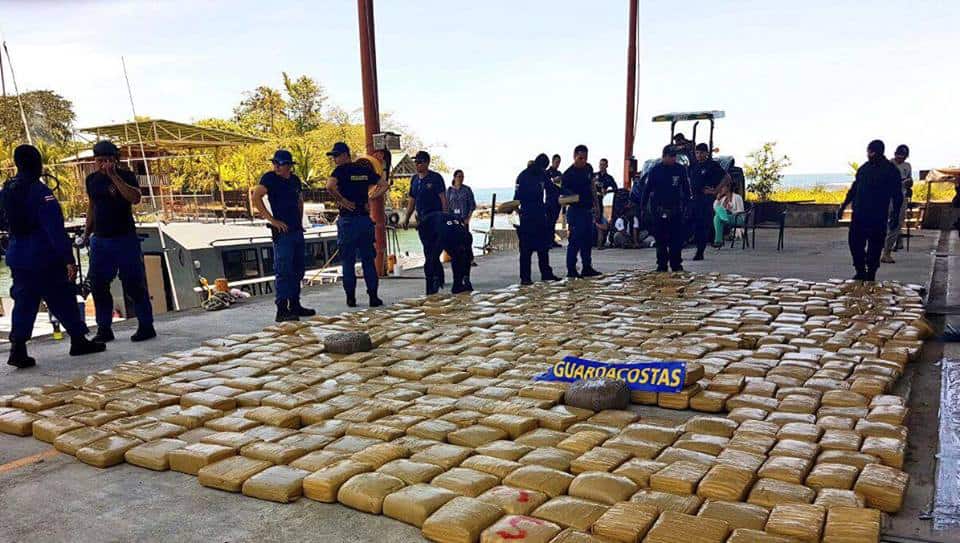According to the Judicial Investigation Agency (OIJ) of the Supreme Court of Costa Rica, authorities are increasingly uncovering the activities of drug trafficking groups in the region.
“This can be attributed to several circumstances: The Pacific is an easier zone to cross. There are fewer countries than in the Caribbean,” explained Michael Soto, former Minister of Public Security and current head of the OIJ’s Office of Plans and Operations.
“Because the territory is vast, ships can move more easily. Costa Rica has a very extensive coastal sea, which includes Cocos Island. This work could not be done without international support,” he added.
In the Pacific Ocean, Costa Rica is supported by Panamanian security forces, with whom it conducts joint pursuit operations.
Colombia also participates in these efforts by patrolling its territorial waters, while the United States provides support with numerous resources to track and intercept drug traffickers.
An example of this cooperation occurred on August 10, southwest of Quepos, Puntarenas Province, in the South Pacific.
Thanks to U.S. aircraft patrolling the area, the Costa Rican Coast Guard was able to intercept a boat carrying 1,300 kilograms of marijuana, according to the Ministry of Public Security.
On August 6, 2022, Costa Rican security forces seized more than 800 kilograms of cocaine on a boat off the coast of Puntarenas with assistance from the United States.
According to the Costa Rican Institute of Security and Criminology (ISEC), seventy percent of drugs transiting the country are transported by sea. The remaining thirty percent is transported by land or air, whether commercially or clandestinely.
In addition, seventy percent of murders are related to drug trafficking, according to “ISEC.” While murders have decreased in the capital, San José, they have increased in the coastal provinces of Limón and Puntarenas.
“Puntarenas depends mainly on two employment factors: Fishing and Tourism. Due to COVID-19, tourism has gone down, and fishing is very artisanal and poorly paid, forcing some fishermen to support offshore transfers,” explained Eric Villalba Gallo, criminologist and professor at “ISEC.”
“Both Limón and the Pacific are part of the drug trafficking route. However, Puntarenas has advantages over Limón. Puntarenas has a fishing industry; Limón does not.”
In Limón province, drug police broke up a clan involved in local drug trafficking on August 8. At the same time, authorities, along with the United States, intercepted a boat off Limón province carrying 431 kilograms of cocaine, according to the Ministry of Public Security.
Criminal organizations use Puntarenas more frequently for illegal shipments using speedboats. On the other hand, criminals use Limón to ship drugs with legal cargo in containers through Moín.
Authorities also warned that the drugs seized in the Pacific could come from criminal organizations linked to the Mexican cartels Sinaloa and Jalisco New Generation, the Colombian Clan del Golfo, dissidents from the Revolutionary Armed Forces of Colombia and the National Liberation Army, and the Italian criminal organization ‘Ndrangheta.
Just as drug trafficking routes are constantly changing, so are the criminal groups. Whereas in the past, authorities tracked large cartels, today they track clans, which, according to the “OIJ,” allows criminal groups to transport individual shipments for their organization only or shipments belonging to different criminal retail groups.
“We cannot do it alone; we need international support and cooperation; this is a fight that a single country cannot win,” Soto concluded. “We believe in teamwork, articulate, and above all in what we call the Southern Triangle, made up of Panama, Costa Rica, Colombia – and of course with the support of the United States.”


